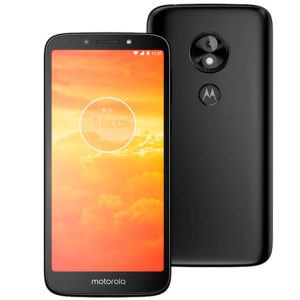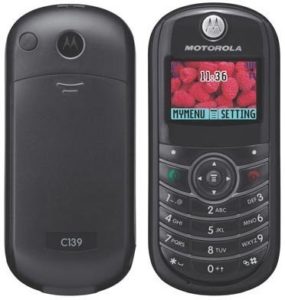Before Collecting
After the onboarding process with the Seaglass team from the University of Washington, our team, from now on FADe project, developed a series of strategies to carry out the project in several countries of the region in Latin America.
As the project regional coordinating team, carrying out tests regarding the accurate capture of data, and the proper functioning of the mobile app became essential before extending the project to other latitudes, and then opening a call for potential, regional collaborators or Local Coordinating Organizations. (LCOs).
First contact.
- Explain the project regarding:
- Basic definitions. Matrix document for LCO’s
- Scope. What do we want to do?
- Method. How does it work? Using the methodology proposed by the SEAGLASS project from the University of Washington. Click aquí
- Stages of the project.
- What is expected from the LCO’s for each stage of the project?
- Resources.
- Tangibles. Incentives to LCO’s.
- Intangibles. Monitoring and control throughout the data collection process.
-
- Diffusion and incidence. The FADe project I, was funded with the intention of testing the SEAGLASS methodology, collaborating with its validation and documentation to facilitate its execution by non-academic groups that do activism. Therefore, the promoter team will not be authorized to carry out advocacy work around the project’s results, specifically, not to make any pronouncement that may have a political use in any of the countries where monitoring can be carried out.
- The objective of the project regional coordinating team is to make the methodology information and the data obtained available to the Local Coordinating Organizations and the general public. In this sense, the work of journalistic advocacy, activism and politics around the results can be carried out by the LCO’s (local coordinating organizations), and/or any other local ally that wishes to use the data for independent publications, or campaigns as media of communication, organizations defending freedom of expression, etc.
- Ideally, the regional coordinating team should meet with the local coordinating organizations that intend to collaborate with the project. The main idea is to achieve a training workshop on reading and interpreting the data, which in the future will allow them to carry out a better advocacy work as an independent.
- Potential risks. Understanding the variety of contexts in which the countries to be considered to carry out the project may be immersed, a large margin of maneuver should be proposed, foreseeing some circumstances:
- Data will be captured using cellular devices that simulates the use of regular cell phone lines without intervening in any way with cell towers and their communications. So, the legality of this monitoring is the same as the result of having cell phone devices turned on.
- It is recommended that the project design considers not carrying out any publication or pronouncement about the project or its results until after monitoring and analyzing data to avoid associations between the project and ongoing tracking.
- It is proposed that Local Coordinating Organizations be listed in all the products of the organization and may promote their part of the work within the project once the promotion stage has begun. However, in cases in which an organization decides not to appear for security reasons, changing its public identity as an organization or other similar consideration would be entirely possible, and it would be able to adapt the image of the project to guarantee its anonymity.
- Any other safety considerations should be discussed with the project regional coordinating team, and through it to the funder.
- Diffusion and incidence. The FADe project I, was funded with the intention of testing the SEAGLASS methodology, collaborating with its validation and documentation to facilitate its execution by non-academic groups that do activism. Therefore, the promoter team will not be authorized to carry out advocacy work around the project’s results, specifically, not to make any pronouncement that may have a political use in any of the countries where monitoring can be carried out.
-
- About the sensors. In essence, the same sensor can be used as a device:
- Fixed. They can even be located inside a drawer, closet, bookcase, etc.
- Mobile. Arranged inside a backpack, trunk or glove compartment of a car, motorcycle, etc.
- Points of interest for collection. Ideally, in the adjacencies of public or private institutions that are of interest, such as ministries, embassies, consular offices, non-governmental organizations dedicated to activism, freedom of expression, and/or human rights. Another way would be to make collections during specific days in which civic events are expected in the city, such as marches, protests, etc.
- Generating reports.
- Scope. The construction of a document explaining the continuous monitoring in the defined geographical areas is required using the established strategy. This is necessary to request funds that go to the corresponding Local Coordinating Organization and should be sent every two weeks, no more than 200 words.
- Communication with stakeholders. According to what is established in each case.
- Lessons learned. By justifying potential changes in strategy or planning based on on-site collection experiences.
Second contact.
- Logistics in terms of:
- Provide training to local collaborators or LCOs.
- Perform site visits. For this you need:
- Hardware.
- Android cell phones. In our case, we used Motorola E5 play, since they are durable and economically accessible devices.

Figure 1 Motorola E5 play
- Feature cell phones. In our case, we used Motorola C139 and Motorola C123. Compatible with the Osmocom project. (https://osmocom.org/).

Figure 2 Motorola C139
- Cable serial to USB. In our case, they were handcrafted by the regional coordinating team, buying each of the pieces separately. How to make a cable serial-USB. It is also possible to acquire these cables through third parties. Click here.

Figure 3 Cable serial to USB
- Chargers for android. Any charger with connection port compatible will work.
- Chargers for featured phones. Any charger with connection port compatible will work.
- Software / digital resources.
- Seaglass app installed. Since the app can be downloaded from the google play store (Beta version), it will be necessary to own a gmail account assigned to each sensor. Note. Another way to do this is to own a Gmail account for all sensors, or a Gmail account for all sensors by region or country.
- Facilitation Supplies:
- Notebooks, for the local collaborators attending.
- Pencils, for the local collaborators attending.
- Travel logistics.
- Visa and other travel documents.
- Hotel reservation.
- Travel tickets.
- Ground transit plan (to your hotel, to the site).
- Emergency contact numbers.
- Travel plan.
- Establish a remote digital communication channel that works in the future. Signal, Telegram, Slack, or other.
- Establish emergency contact. Ideally, a collaborator with immediate response capability. It is also recommended that each local coordinating organization has a contact point and establish continuous communication with the project coordinating team to monitor the development of activities.
- Create an inventory of the sensors delivered, taking into account that each sensor is composed of an android cell phone, a featured cell phone, and a serial-USB cable.
- Distributing sensors. Based on:
- Geographical extension. Taking into account that each sensor has a range of approximately 7 km. (4,35 miles)
- LCO’s capacity. Taking into account the number of collaborators involved. The use of one (01) sensor per person at a time is recommended.
- Handling of the sensors.
- How to use the application Click here.
- Handling. In this case, it is essential to be sure that the serial-USB cable is correctly connected to the ports of both devices. Otherwise, there will be no data collection.
- Charging. It is recommended to charge both devices every day during the night. Another way is setting an assisted charging system. Click here.
FADe project is an initiative of Southlight House with the support of the Open Technology Fund.
![]()
![]()
This website is available under a Creative Commons Attribution 4.0 International (CC BY 4.0) License creativecommons.org


